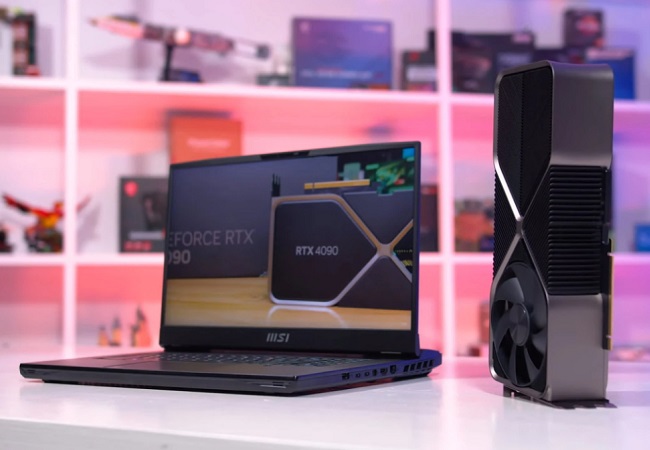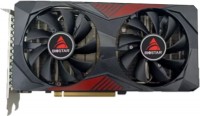MSI GeForce RTX 3060 GAMING Z TRIO 12G
 |
MSI GeForce RTX 3060 GAMING Z TRIO 12G | ||||||||||||||||||||||||||||||||||||||||||||||||||||||||||||||||||||||||||||||||||
|
| |||||||||||||||||||||||||||||||||||||||||||||||||||||||||||||||||||||||||||||||||
Note! The graphics card may be LHR in the store you transferred to!
The information in the model description is for reference purposes.
Always clarify the specifications and configuration of the product with the online store manager before purchasing.
Catalog MSI 2025 - new arrivals, bestsellers, and the most relevant models MSI.
Always clarify the specifications and configuration of the product with the online store manager before purchasing.
Catalog MSI 2025 - new arrivals, bestsellers, and the most relevant models MSI.

How Much Memory Does a Video Card Need in 202516 GB - the new hit of the season? Or is 8 GB still enough? Let's figure out the optimal VRAM volume for modern games.

Performance mystery: Why mobile graphics cards are inferior to discreteLet's look at how NVIDIA cheats with different versions of chips and why laptop manufacturers slow down graphics cards
Model overview based on user reviews
The MSI GeForce RTX 3060 GAMING Z TRIO 12G is praised for its quiet and efficient cooling system, featuring a large, heavy design with three almost silent fans and multiple heat pipes. Users appreciate its stable performance and the inclusion of Nvidia's DLSS technology, which enhances gaming experiences. The card's appearance is appealing, with customizable lighting options. However, some users note the peculiar design choices in the cooling system, particularly the use of varying thicknesses in thermal pads, which might affect long-term maintenance. Despite some confusion over the 3060's productivity compared to other models, the card is considered a solid choice for those prioritizing quiet operation and low temperatures.
Pros
Cons
Cold and quiet, almost silent, appearance, fuses on the 8-pin power lines and PCI-E There are no significant flaws. |
I bought the card during a questionable period when mining had inflated prices quite a bit. Nevertheless, I am satisfied with the purchase because I got what was important to me: quiet operation and low temperatures. In this configuration, the card is massive, and at a glance, the cooling system looks efficient. However, even without taking it apart, you can see thermal pads 2-2.5mm thick. It's unclear why the engineers didn't make a thicker contact plate to reduce the thickness of the thermal pads and improve heat dissipation accordingly. Overall, if you are interested in a card just for GAMing, cards from RADEON might be more productive for the same money. My instance operates stably at 850mV, which made it possible to reduce temperatures and heating without losing productivity. The obvious advantage is DLSS and another package of technologies from Nvidia, which became the reason for purchasing the card itself as a green card. I was generally confused by the productivity of the 3060 line. Feeling something more, and not equal to the pumped-up RX590 XD |
Add Review
Video reviews
We recommendCompare using chart →







































Firstly, the cooling: it's big and heavy, which means it's cooled by a lot of metal, including 6 heat pipes and an aluminum radiator. It's all cooled by three quiet fans, which are almost inaudible even under full GPU load (over time, one of them started to rustle, but it's only noticeable in complete silence and up close). The board layout, in my opinion, is successful, with GPU power, the GPU itself, and memory power being placed at a distance from each other, positively affecting temperatures and reliability. An odd decision by MSI engineers is the cooling for the VRM, designed like a sandwich with thermal pads and radiators (backplate - pad - VRM itself - pad - small radiator - pad - large (common) radiator). The cooling plate for the GPU and memory is also peculiar since part of the memory is covered with pads of one thickness, and the other part with thicker pads, which could impact temperatures and future maintenance, as finding the needed pad thickness is quite challenging. It's reassuring that there are pads on the back of the board for the VRM and memory.
Secondly, the appearance: it looks pretty cool with lighting on the backplate, near the fans, and the MSI logo is illuminated. In the app, you can customize the lighting and manage the graphics card's operating modes.
PS: The included stand seems unnecessary, but it's more reassuring to have it.